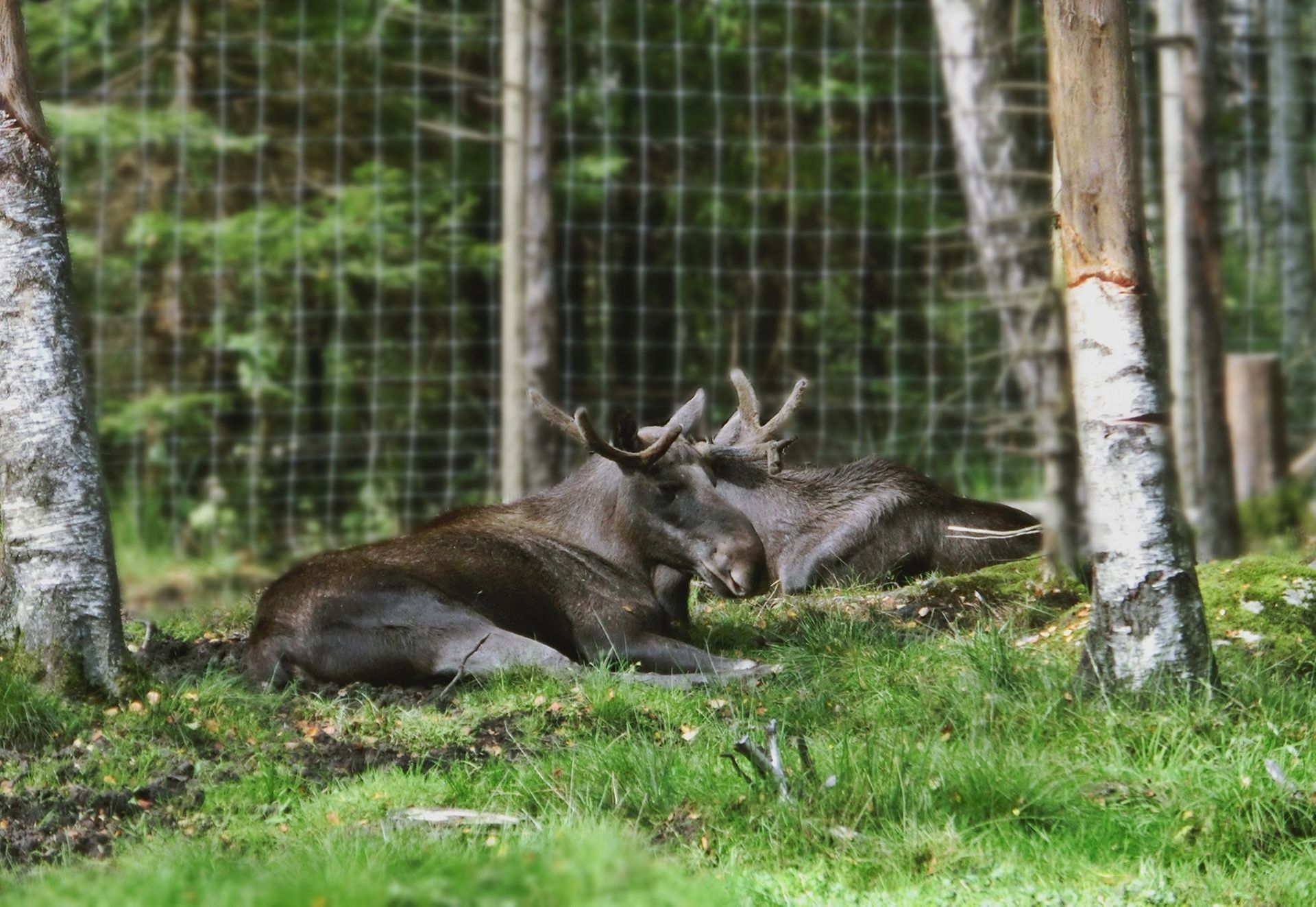
Written by Angelina
13 Oct 2014
Moose (Älg in Swedish) can be found all over Sweden and is actually believed to be one of the world’s most densely populated country with moose. Wild animals like wolves, bears, arctic foxes, wolverines, lynx, wild boar, otters are common in Sweden. Coming from Asia, these animals are rather exotic to me. For the introduction week, all new students at University of Borås as well as their partners/families get complimentary visit to the Borås Zoo, the second biggest zoo in Sweden and one of the main attractions in the city. The zoo maintenance is pristine with large roaming space for the animals. It’s so amazing to see the wolverines and lynx up close and several brown bears and baby bears. All photos were taken by me at the zoo. Of course, there are more animals in the zoo that were not photographed here. Best time to visit is definitely summer or early autumn, bring along your picnic mat, food and lots of sunshine.

Where to see Lynx in Sweden?
Apart from zoos, Lynx are found in all areas of Sweden, including some of the more densely populated areas are Sörmland, Uppland and Bergslagen. The Lynx is the largest cat animal in Europe and the third largest predator in Sweden after the Brown Bear and Wolf. This extremely efficient hunter uses fine-tuned techniques to bring down animals much larger than its own size, delivering a fatal bite to the neck or snout of an unsuspecting deer. Lynx is perhaps the most difficult mammal to spot in Sweden. And the most popular. Few people ever get to see a Lynx. So, forget about wild Lynx. Just go to the zoo.
Facts about Lynx in Sweden
Scientific name: Lynx lynx
Length: 90 – 110 cm
Height: 60 – 75 cm (at the withers)
Weight: 20 – 28 kg (male), 15 – 20 kg (female)
Lifespan: 10 – 14 years
Population in Sweden: An estimated 1250 individuals.
Natural predators: Man (hunting + traffic)
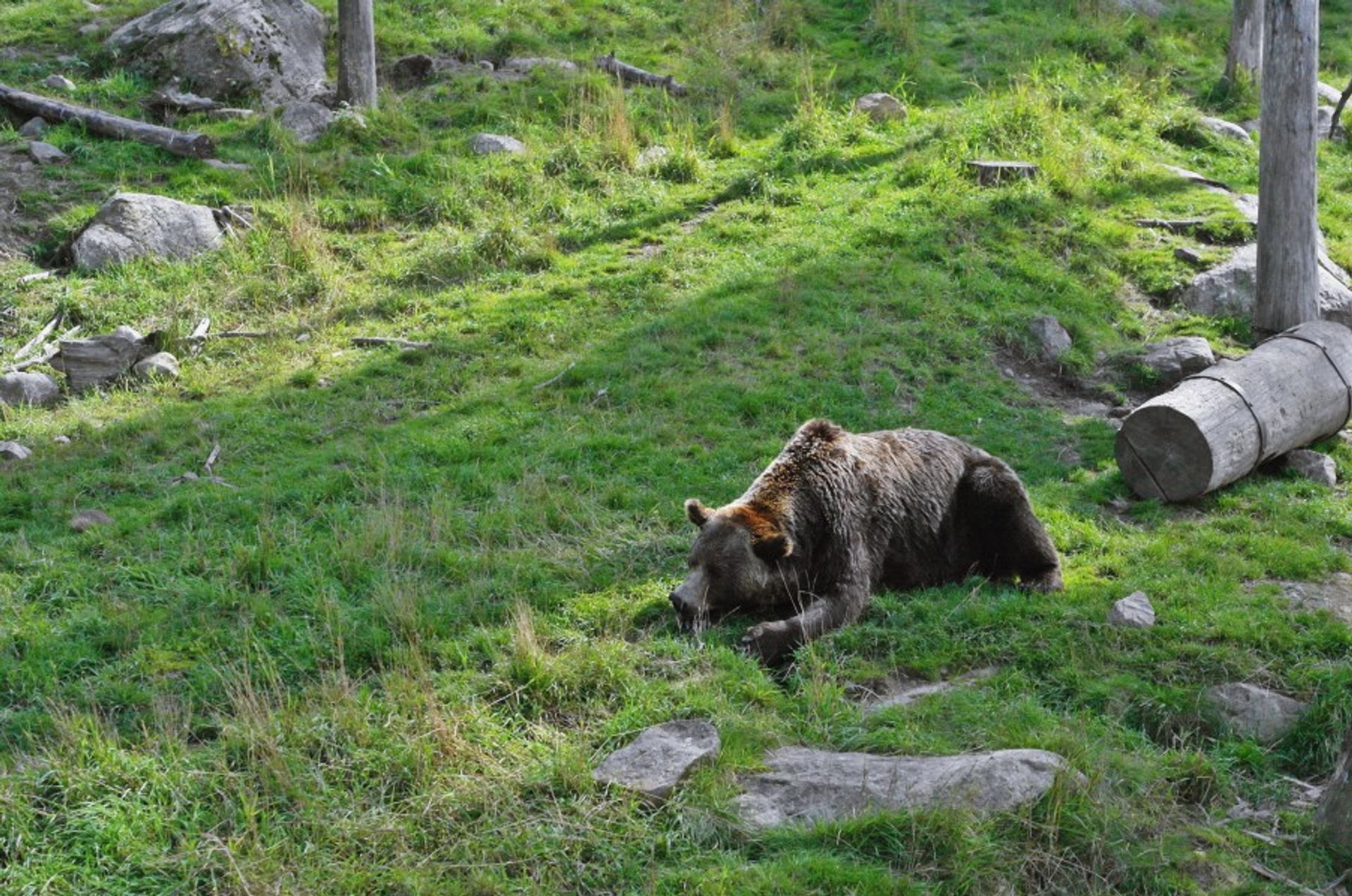

Where to see Bears in Sweden?
Bears can be found in the Northern 2/3 of Sweden. Which means from Dalarna, Gävleborg and all the way to the North. However, researchers have shown that Central Sweden with Dalarna, Gävleborg and Jämtland are the most densely populated areas with Bears in Sweden.
Facts about Bears in Sweden
Scientific name: Ursus arctos
Height: 100 – 280 cm, up to 135 cm to the shoulder
Weight: 60 – 100 kg (female) 100 – 250 kg (male)
Lifespan: 20 – 30 years
Hibernation period: October/November – April/May
Mating period: May – June
Breeding period: January – February
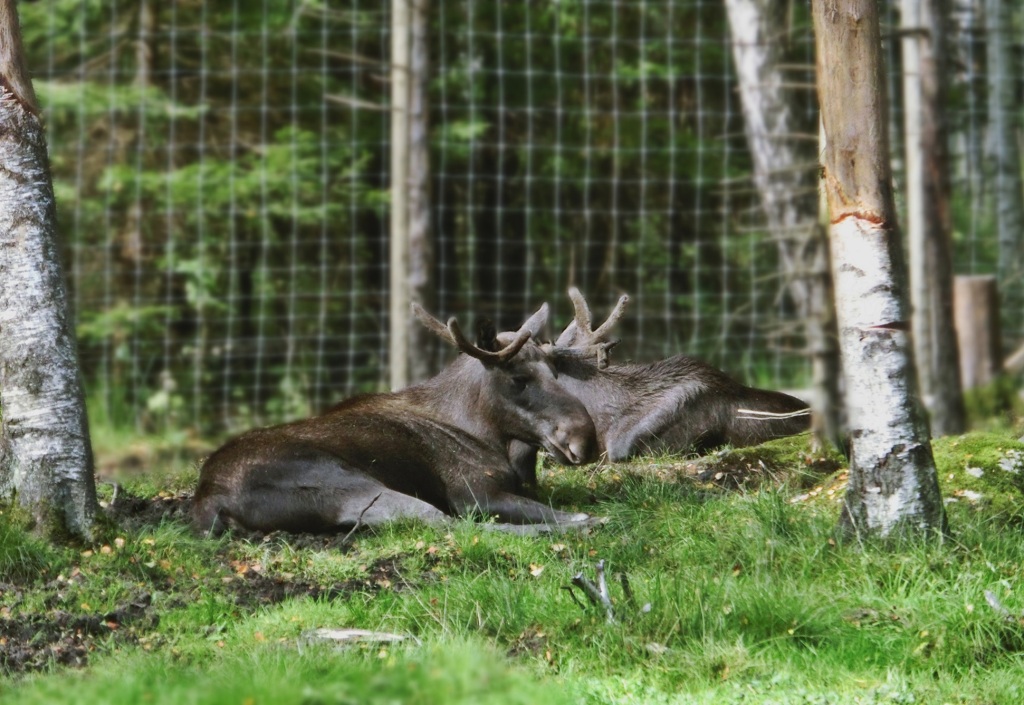
Where to see Moose in Sweden?
Moose can be seen all over Sweden except on the remote island of Gotland. They prefer forests but you can also find them in populated areas and even close to towns. I still have not met a wild moose and I really want to.
Facts about Moose in Sweden
Scientific name: Alces alces
Height: 170 – 210 cm (at shoulder)
Weight: 200 – 360 kg (female), 380 – 850 kg (male)
Lifespan: 12 – 25 years
Population in Sweden: The Summer population is estimated to be 300,000–400,000 moose. Around 100,000 are hunted each Autumn.
Natural predators: Man (hunting + traffic) Wolf, Brown Bear
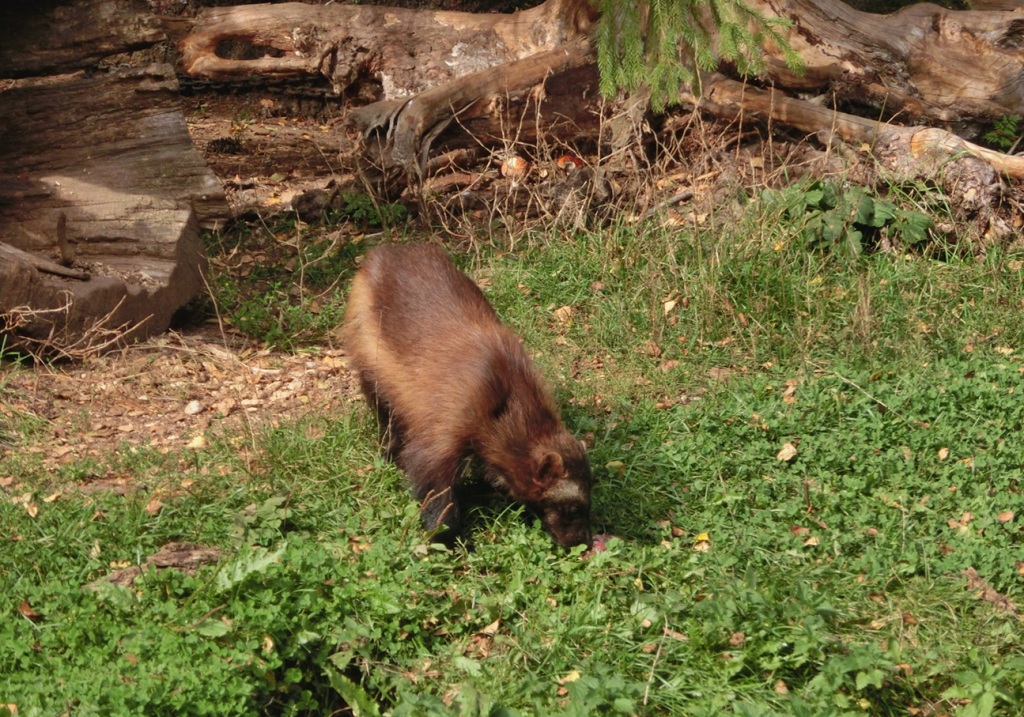
Where to see Wolverines in Sweden?
Always reminded me of X-men. The claws are not what I imagined but it is still a really cute animal. The wolverine can be found primarily in remote reaches of Sweden’s mountainous regions such as Norrbotten, Västerbotten and Jämtland but in recent years the Wolverine has spread South-East into the forested regions of Central Sweden such as Dalarna and Gävleborg. It’s not easy to spot the wolverines even in the zoo as they are rather shy and fast. Good thing was I caught up randomly on their meal times and had a really good view.
Facts about Wolverines in Sweden
Scientific name: Gulo gulo
Length: 95 – 100 cm
Height: 40 cm (at the withers)
Weight: 12 – 18 kg (male), 8 – 12 kg (female)
Lifespan: 10 – 12 years
Population in Sweden: An estimated 600-700 individuals. The population has grown in recent years and also spread South to forested areas in Central Sweden like Gävleborg and Dalarna.
Natural predators: Man (protective and illegal hunting)
More animals in Borås Zoo
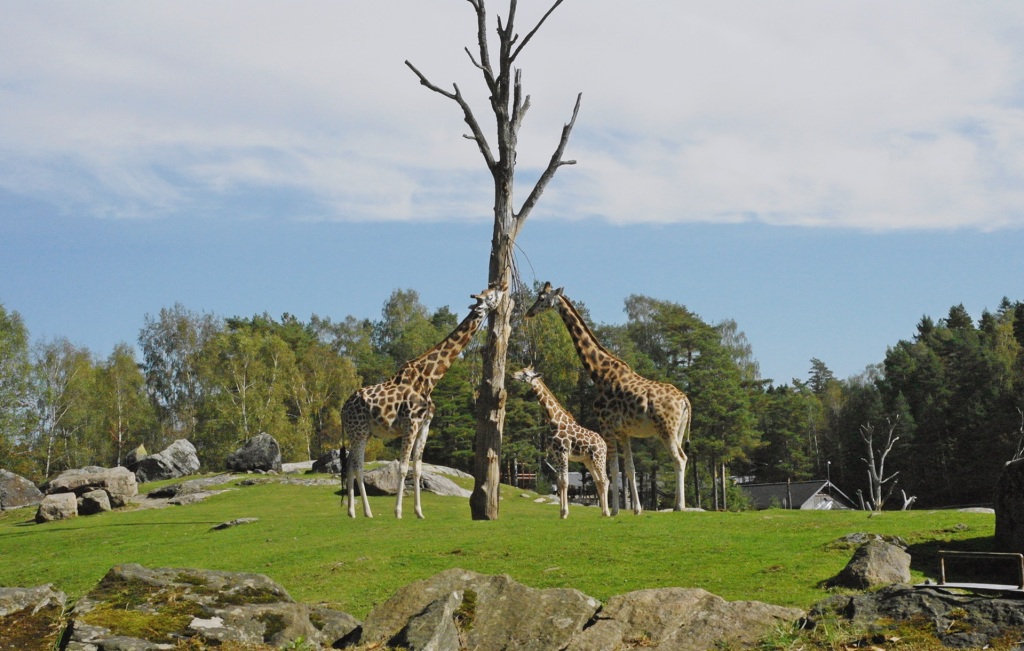
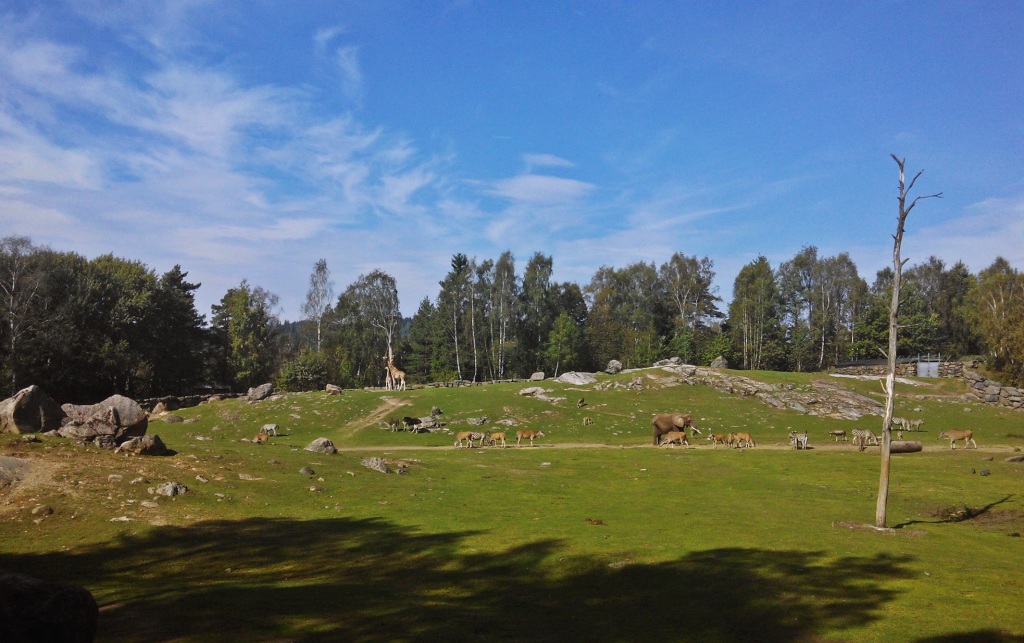



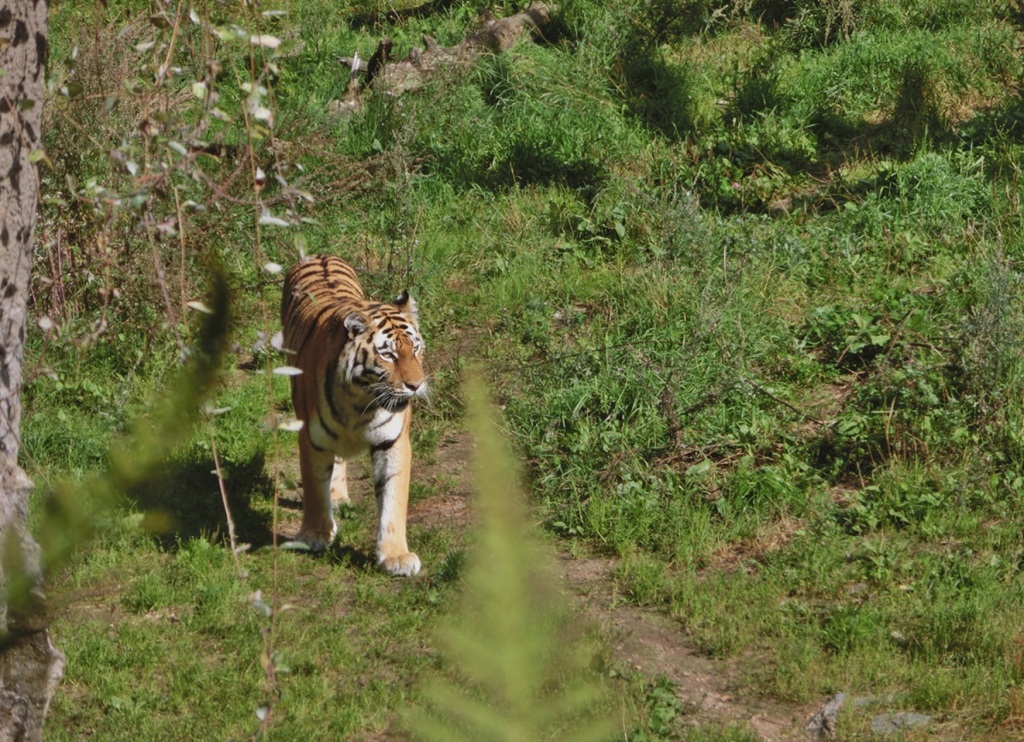
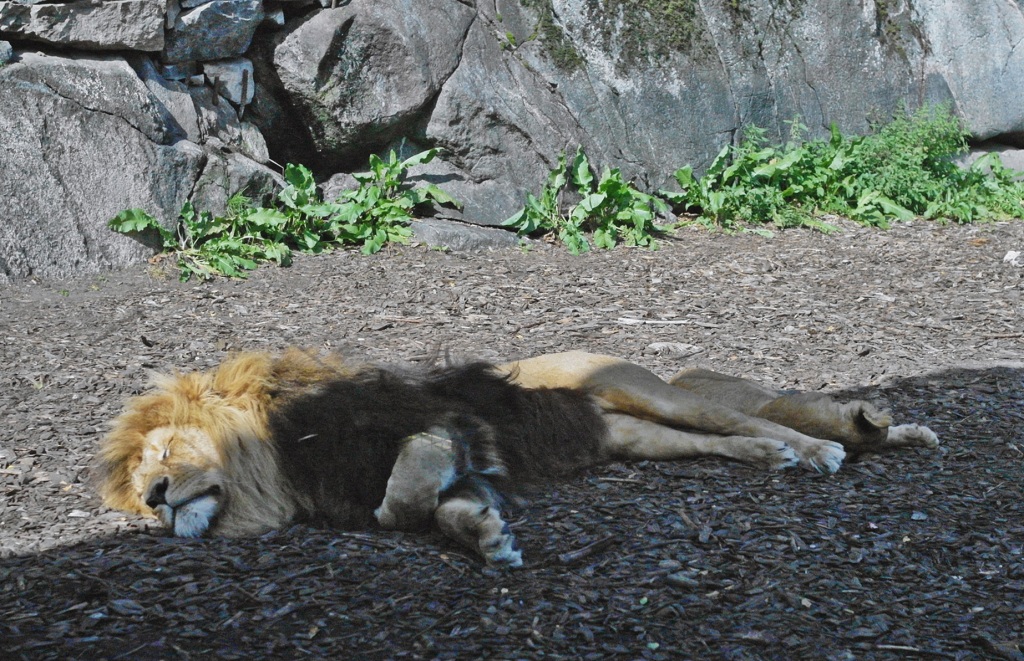
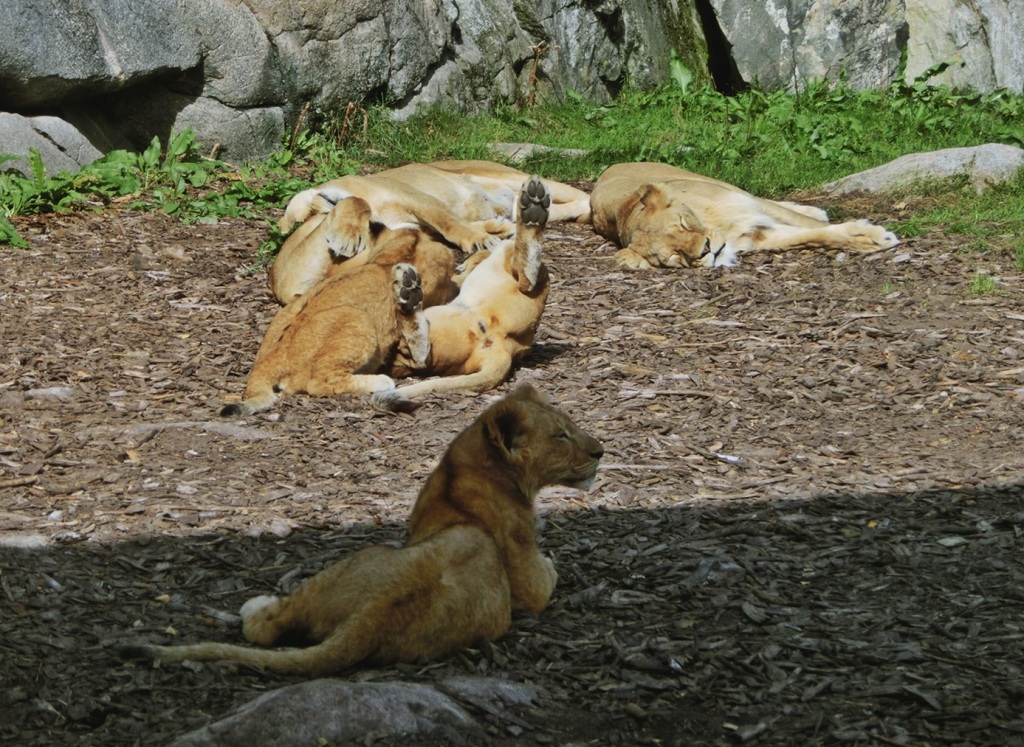
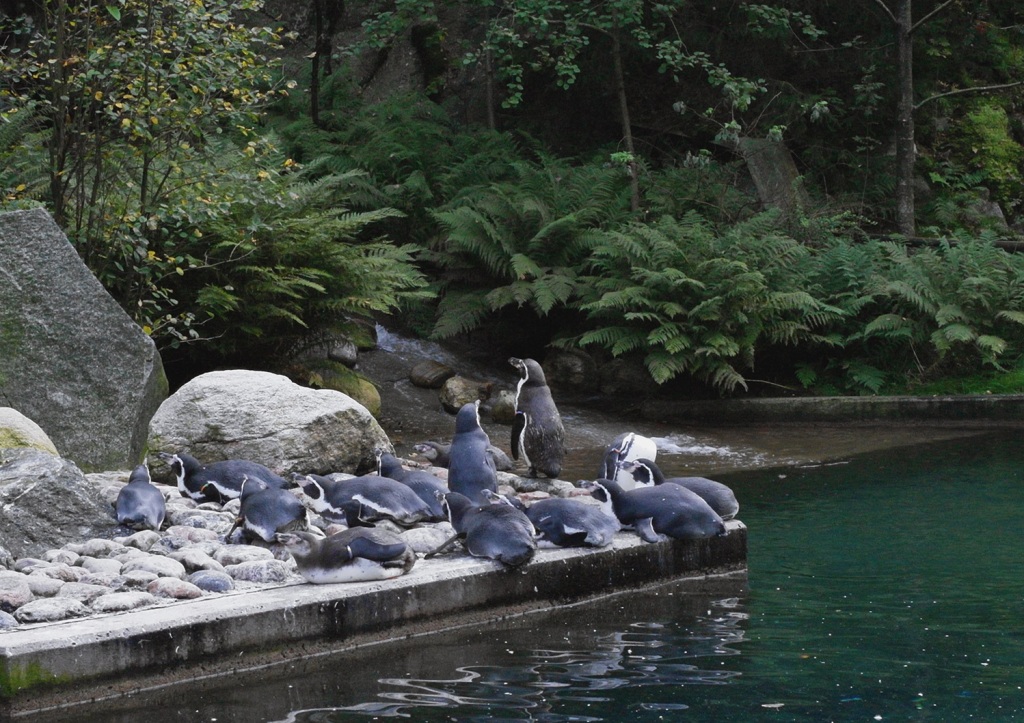

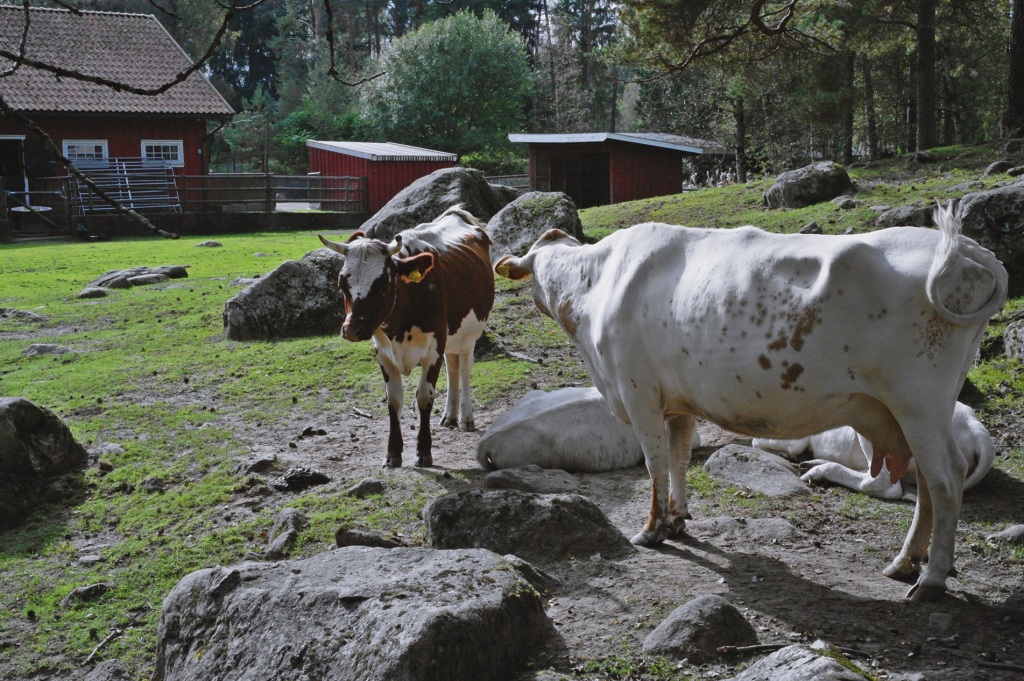
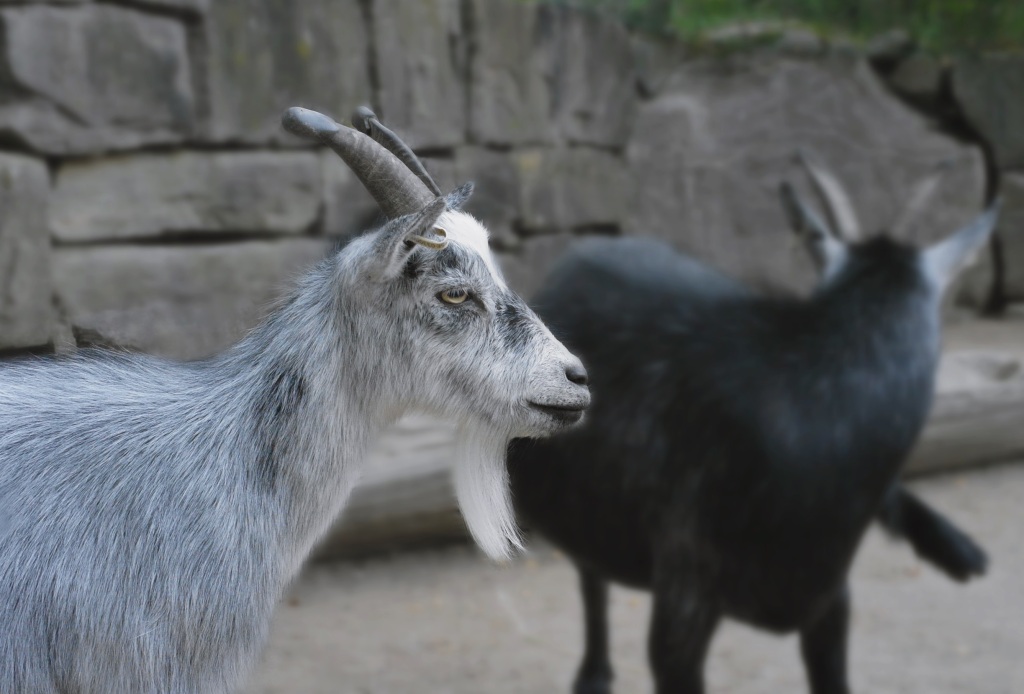
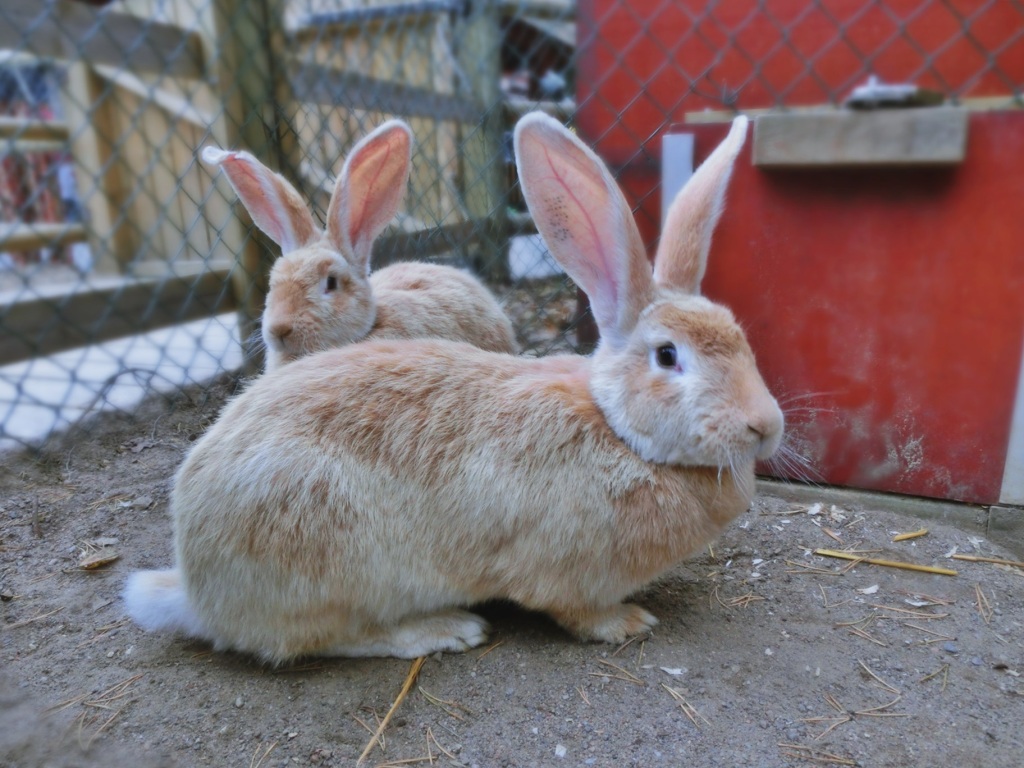
Source: Facts about wild animals in Sweden are taken from Wild Sweden.




